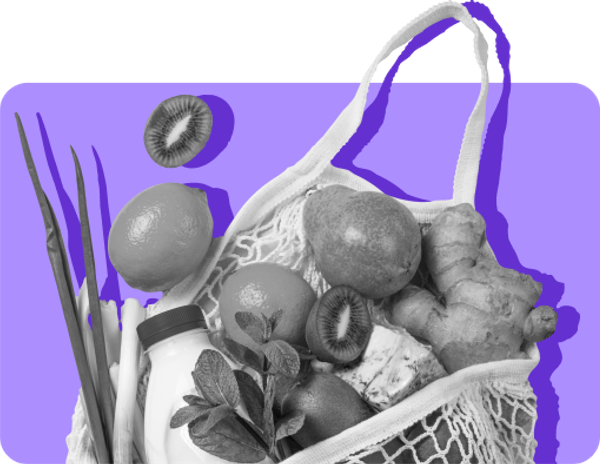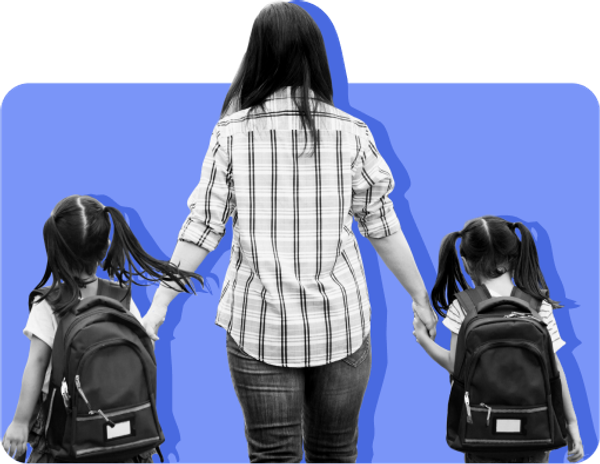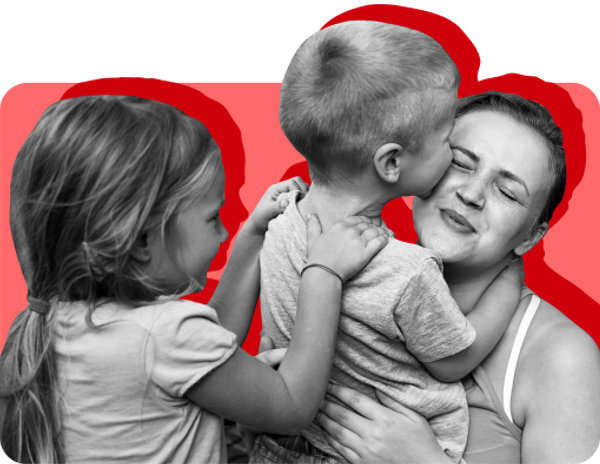What is the free and reduced school lunch program?
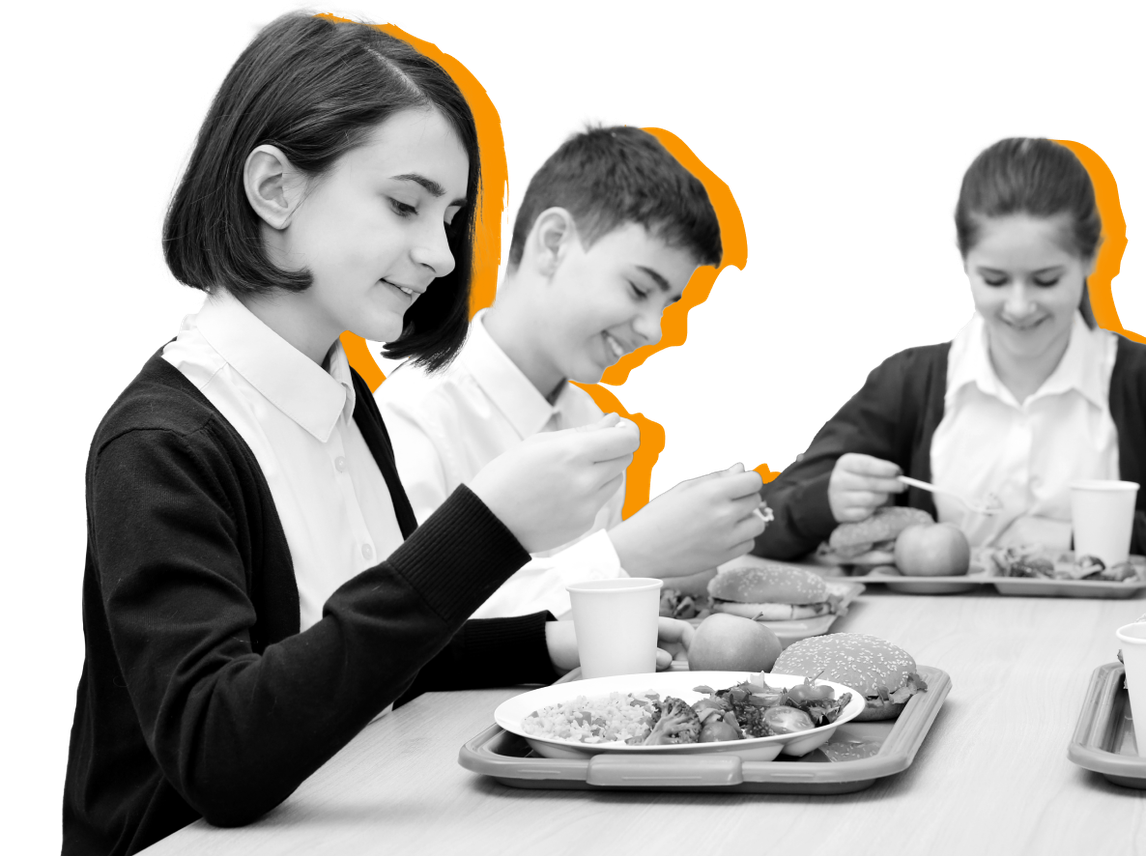
The National School Lunch Program (NSLP) is a federal program that helps kids from low-income households get healthy meals at school.
- Children who qualify for the NSLP can get school lunch, and sometimes breakfast, for free or at a reduced price
- The NSLP operates in thousands of public and non-profit private schools across the country, and it provides free or low-cost meals to more than 26 million kids a day
- If your family already gets SNAP, TANF, or Medicaid, your child may automatically qualify for free or reduced school lunch
Here’s how the NSLP works, who qualifies, and how to make sure your children in your home get free or low-cost meals during the school year.
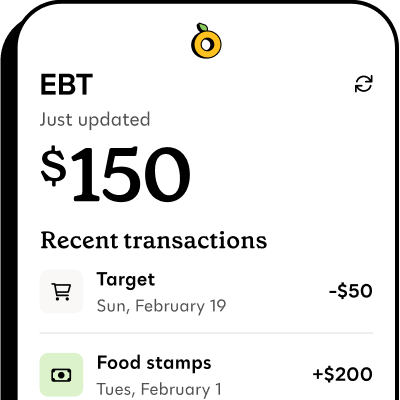
Propel is the #1-rated EBT balance checking app
How does free and reduced-price lunch work?#how-does-free-and-reduced-price-lunch-work
If a child in your home qualifies for the NSLP they’ll get lunch (and often breakfast) every school day for free or at a discounted price.
This can help families save money on groceries while still making sure their kids are getting nutritious meals every day.
The school meals are based on nutrition standards set by the USDA, which has rules about fruits, vegetables, whole grains, and milk.
However, every state works with local school districts to operate the program, so the exact rules might be different depending on where you live.
Here’s what can vary about the National School Lunch Program depending on the school:
- Some schools let you apply for free or reduced lunch online, while others use paper forms
- Some schools automatically enroll eligible children through SNAP or Medicaid, while others require you to apply manually even if you get benefits through either of those programs
- Some schools automatically provide free lunch to every student through a program called the Community Eligibility Provision (CEP)
How much does reduced-price lunch cost?#how-much-does-reduced-price-lunch-cost
If your child qualifies for reduced-price lunch, the cost of meals is capped to make sure it’s affordable:
- Lunch can cost no more than 40 cents a day
- Breakfast (if it’s offered) can cost no more than 30 cents a day
Some states or school districts cover the cost completely, meaning that even families who qualify for reduced-price lunch still get meals for free.
You can ask your child’s school if they waive reduced-price fees or offer free lunch to all students.
Who qualifies for free or reduced school lunch?#who-qualifies-for-free-or-reduced-school-lunch
Kids may qualify for free or reduced-price meals if any of the following are true:
- Their family gets SNAP, TANF, or Medicaid
- They are in foster care, homeless or living in temporary housing, part of a migrant family, or enrolled in a Head Start program
- Their school participates in CEP, which provides free meals to all students regardless of income
- Their household meets income limits based on family size
What are the income limits for free or reduced school lunch?#what-are-the-income-limits-for-free-or-reduced-school-lunch
In general, families with incomes at or below 130% of the federal poverty level qualify for free lunch, and families with incomes between 130% and 185% may qualify for reduced-price lunch.
Here’s the maximum monthly income your family can have in order to still qualify for free or reduced school lunch:
| Household size | Reduced lunch (185% FPL) | Free lunch (130% FPL) |
|---|---|---|
| 1 | $2,413 | $1,696 |
| 2 | $3,261 | $2,292 |
| 3 | $4,109 | $2,888 |
| 4 | $4,957 | $3,483 |
| 5 | $5,805 | $4,079 |
| 6 | $6,653 | $4,675 |
| 7 | $7,501 | $5,271 |
| 8 | $8,349 | $5,867 |
| Add for each additional household member | $848 | $596 |
The table above is the maximum monthly income that a household can have and still qualify for free or reduced-price lunch in the 48 contiguous States, the District of Columbia, Guam, and the territories.
(Alaska and Hawaii have different income limits based on cost of living which can be found on the USDA income chart.)
How to sign your child up for free school lunch#how-to-sign-your-child-up-for-free-school-lunch
If your school doesn’t do automatic enrollment or provide free lunch to everyone through CEP, you’ll need to fill out an application.
You only need to submit one application per household. Most families apply at the beginning of the school year, but you can apply anytime.
Since the program is run by individual states and school districts, the application process might look different depending on where you live.
You can generally apply by:
- Contacting your school and asking for the application
- Searching on your school or school district’s website
- Reaching out to your SNAP, TANF, or Medicaid caseworker
You’ll need to provide:
- Basic household information like your address and names of household members
- Proof of income like pay stubs, tax forms, or benefit letters
- Proof of public benefits (if you’re qualifying based on being a SNAP, TANF, or Medicaid recipient)
What happens after you apply for free or reduced lunch?#what-happens-after-you-apply-for-free-or-reduced-lunch
After your application is submitted, the school will generally review and make a decision within two weeks or ten business days.
You will receive a letter (by mail, email, or through your parent portal) letting you know if the children in your household qualify for free or reduced-price meals.
If your family is approved:
- Free or reduced-price lunch benefits start right away
- You may be asked to re-apply each school year
- Your child’s lunch will be look just like everyone else’s, there’s no separate line or label for free and reduced lunches
Other programs your family may qualify for#other-programs-your-family-may-qualify-for
If your child gets free or reduced-price meals, you may also qualify for:
- Summer EBT (also called SUN Bucks): Extra help with groceries during summer months, when school is out
- SNAP (also called food stamps): Monthly benefits you can use on groceries
- WIC: A special benefit program people who are pregnant, postpartum, or caring for children under age five
- TANF (also called cash EBT or welfare): Temporary cash benefits that you can use bills and other expenses
- EBT discounts: Free or low-cost access to museums, internet service, and more

